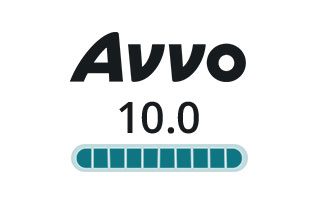When an OB/GYN fails to order the necessary tests that could indicate the possibility of certain birth complications or fails to conduct proper monitoring of the health of the baby during the delivery, the result can be devastating birth injuries such as cerebral palsy.
For those unfamiliar with the specifics of cerebral palsy, it is a very serious medical condition affecting thousands of children each year, causing everything from vision, hearing and speech problems to muscle spasms, muscle stiffness and mobility issues. It is widely believed that cerebral palsy can and often does result from a brain injury sustained in utero, during delivery or shortly after birth.
Interestingly, researchers at the University of Oklahoma recently received a $1.135 million grant from the National Science Foundation’s National Robotics Initiative to fund their development of machinery designed to help infants diagnosed with cerebral palsy learn how to crawl.
According to the researchers, babies with cerebral palsy are sometimes unable to perform the distinct bodily movements needed to crawl and will sometimes stop trying to practice crawling after several failed attempts. This is significant, they argue, because crawling enables babies to explore their surroundings, which in turn hastens their cognitive development and development in other areas.
Here, the researchers will use the grant money to further develop/improve upon their existing robotics, which were shown to help improve infant mobility. They also plan to devote some of the money to developing robotics that assist infants with cerebral palsy in making the transition from crawling to walking, and to monitoring their brains to see how they respond to the robotic assistance.
“The next step of this research is to increase the level of help that infants with or at risk for CP are getting. We are looking for combinations of assists that result in the best incentives for these infants,” said Prof. Thubi Kolobe. “We also want to see if there is a connection between what the infants are learning and what is happening in the brain.”
The researchers will begin testing the new robotics on six infants who do not have cerebral palsy in the spring of 2012. The following year, 24 infants will be used in clinical trials to test the robotics. No infants afflicted with cerebral palsy will be used to test the robotics designed to assist in the transition from crawling to walking.
Research like this is truly remarkable and can give real hope to families affected by this condition. If you would like to learn more about our practice, please visit our page on cerebral palsy.
Source: University of Oklahoma, “Research team developing robotics for infants with cerebral palsy,” Oct. 30, 2012





Leave a Reply